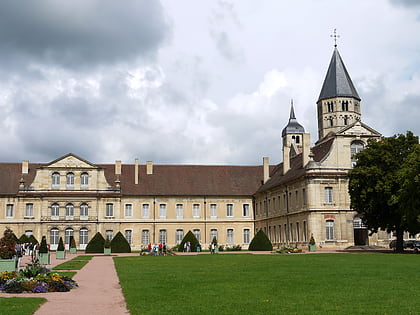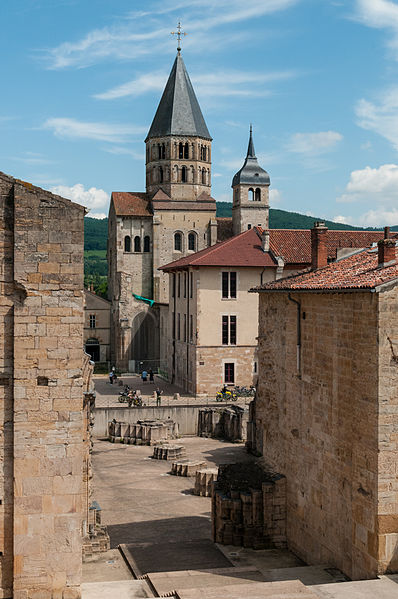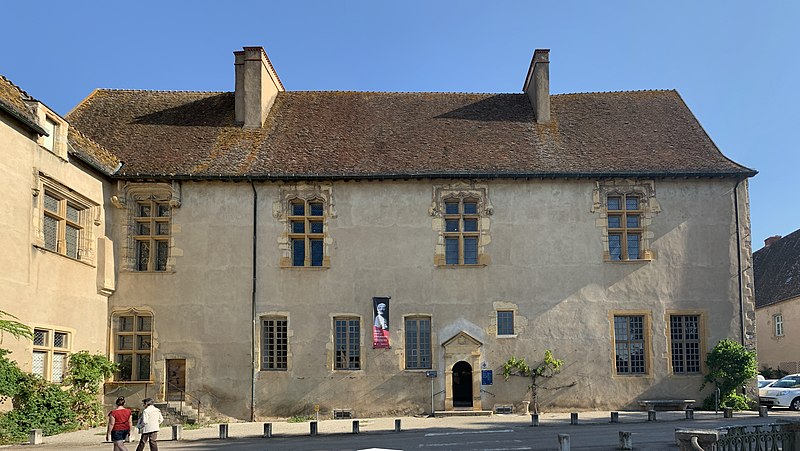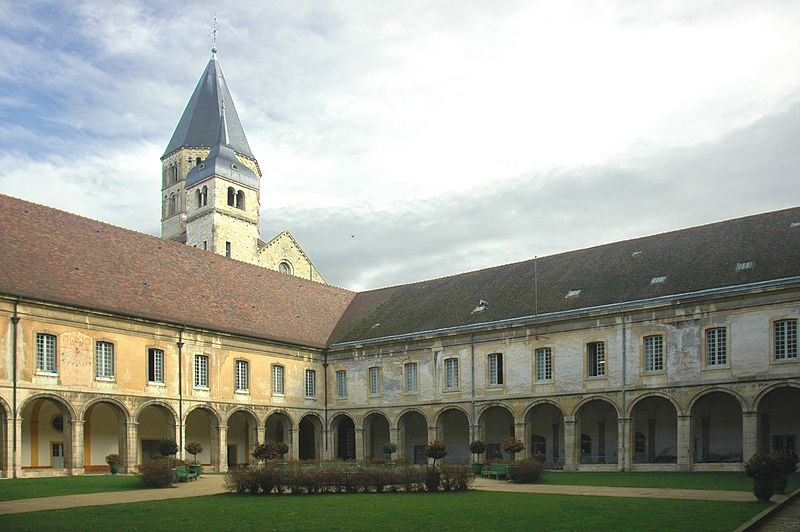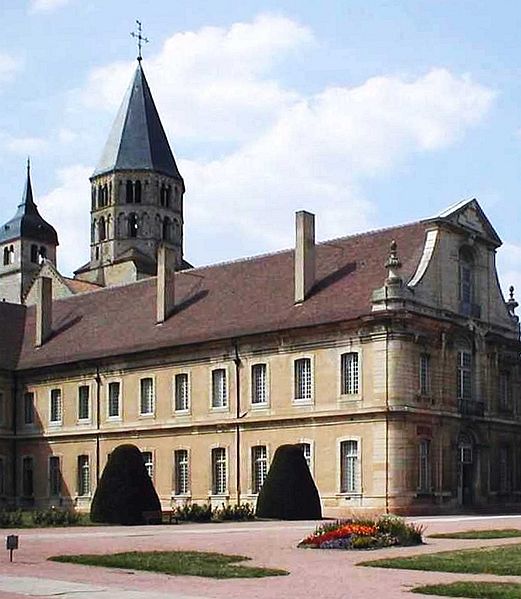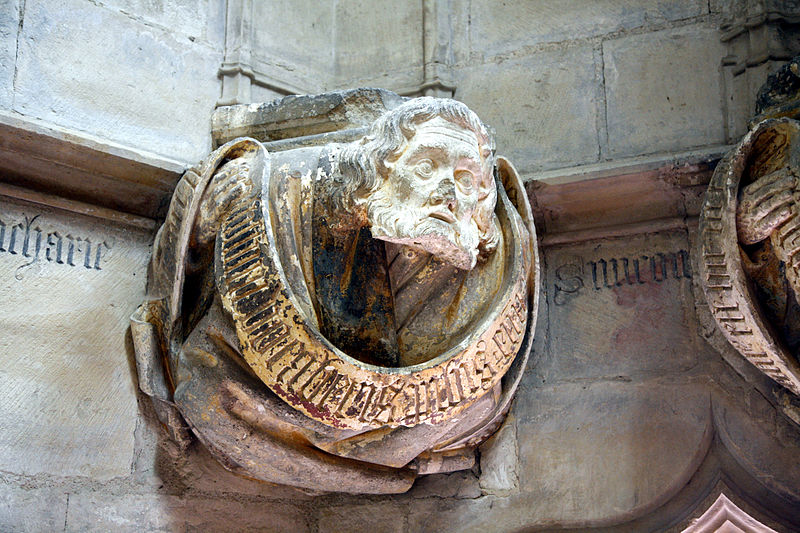Cluny Abbey, Cluny
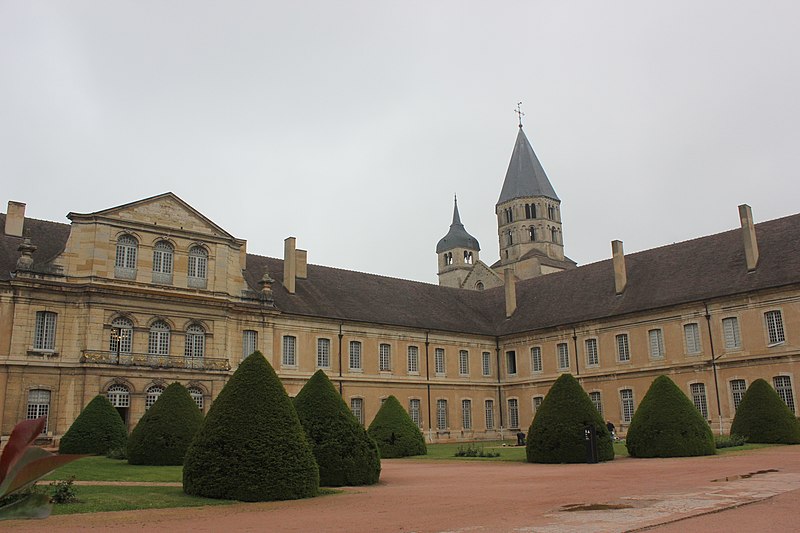
Facts and practical information
Cluny Abbey, once the nerve center of medieval monasticism, stands as a testament to the grandeur of religious architecture in Cluny, France. Founded in 910, the abbey was the largest Christian building in the world until the construction of St. Peter's Basilica in Rome. Although much of the original complex was destroyed during the French Revolution, the remnants still offer a glimpse into the abbey's past prominence.
The abbey was a hub for the Cluniac order, a movement known for its liturgical richness and influence on Western monasticism. Visitors to Cluny can explore the surviving transept of the 12th-century church, which gives an impression of the massive scale of the original structure. The site also includes the 15th-century cloisters and the abbey museum, where medieval artifacts and models of the abbey at its zenith can be viewed.
For tourists interested in the spiritual and architectural heritage of France, Cluny Abbey provides a unique journey through time. Its characteristic Romanesque arches and intricate capitals are a delight for history enthusiasts and art lovers alike. The town of Cluny itself adds to the charm, with its medieval streets and additional historical sites.
Cluny Abbey – popular in the area (distance from the attraction)
Nearby attractions include: Château de Corcelle, St. Denis Church, La Pierre Folle, Chapelle des Moines.
